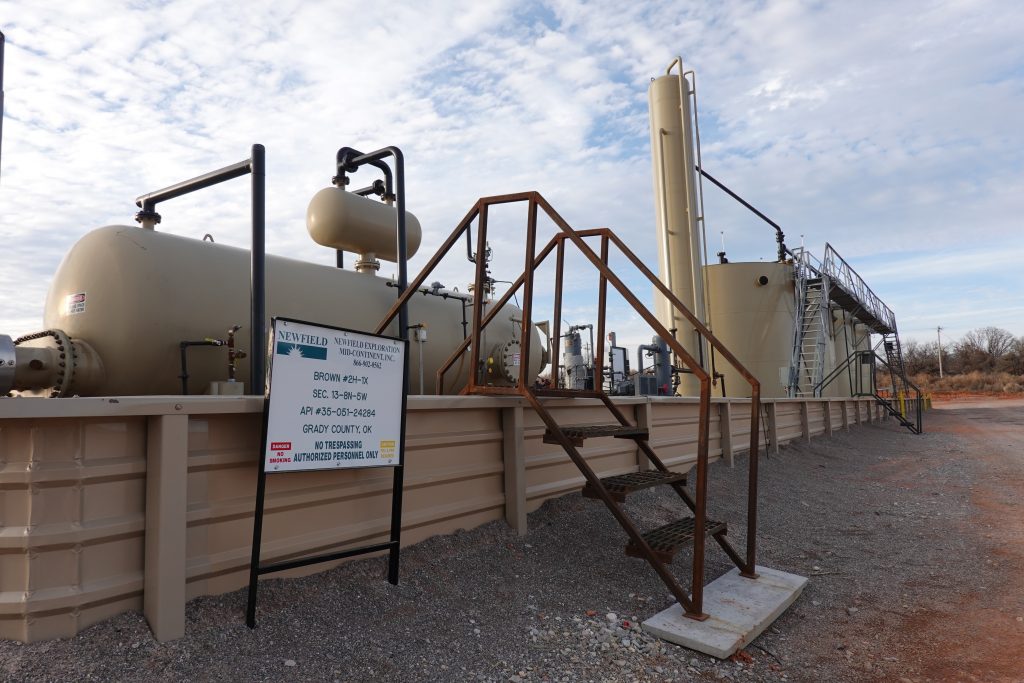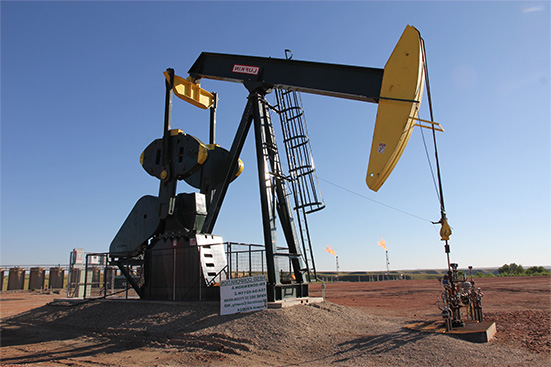
Working interest refers to the financial responsibility an investor has for expenses related to the exploration, drilling, and production of natural resources. When someone holds a working interest, they are fully involved in the profits generated from the operation, reflecting their investment. Conversely, investors with royalty interests typically have limited potential for significant profits as they are usually restricted to their initial oil and gas investment.
Having a working interest entitles investors to a percentage ownership of the profits derived from resource production. They also have the right to participate in drilling activities and benefit from the resources extracted. However, along with the income gained from resource production, investors also bear a proportionate share of the acquisition costs.
What is working interest in oil and gas?
A lease granting exploration, drilling, and production rights for oil and gas can be obtained by oil and gas developers through a working interest.
Working interest owners are responsible for contributing a portion of the expenses associated with leasing, drilling, and operating oil or gas wells. In addition to the royalty payments received from royalty interests, working interest owners also receive a corresponding percentage of the revenues generated from production.
To illustrate, let’s consider a scenario where a property holds a 20 percent royalty interest. In this case, the owner who possesses a 100 percent working interest assumes the responsibility of financing the entire drilling expenses while retaining 80 percent of the generated profits from production. The remaining 20 percent is allocated to the holder of the royalty interest. In the event of multiple owners, they divide the 80 percent share of profits amongst themselves proportionate to the size of their respective investments.
Contact DW Energy
Want to learn more about oil & gas investing? Our expert team can provide you with more information or schedule a consultation to talk about diversifying your investment portfolio.

Notably, these divisions of net revenue are independent of the well’s productivity. While certain geographic areas may be more productive, it does not impact the allocation of revenue. The calculation remains the same.
In the world of oil and gas production, working interests can pertain to leases, wells, or drilling units. Acquiring and maintaining a working interest involves a substantial upfront investment.
Kinds of working interest
There are three primary kinds of working interest:
Operating working interest – This refers to the individuals or entities that are responsible for running the operations of an oil or gas investment. The owners of the operating working interest bear the costs associated with operations and make payments to holders of royalty interests.
Non-operating working interest – This type of working interest entails ownership rights in a well, lease, or other production areas, but without any obligation to operate or cover the operational costs of a producing unit. Non-operating working interest owners do not have direct involvement in the day-to-day operations.
Carried working interest – This kind of working interest involves a partnership between multiple parties who hold a working interest in a well. Through a joint venture or partnership arrangement, these parties pool their resources to finance the functioning of the well. Investors who hold a carried working interest are not required to participate in daily activities. Instead, they contribute upfront funds, and once production begins and profits are generated, they receive a share of the revenue.
Benefits of being a working interest owner
Just like any form of investment, investing in working interest offers several advantages:
Potential for substantial and lasting profits – If the well proves to be successful, the profits can be significant and last for an extended period of time.
Tax benefits and offsets – Tax benefits associated with working interest investments are treated as losses, which can be used to offset other income. This allows investors to potentially reduce their overall tax liability.
Active involvement in production decisions – Investing in working interest means actively participating in the decision-making process related to production activities. This provides investors with a sense of control and the opportunity to contribute to the success of the project.
Potential tax incentives – Working interest owners may qualify for tax incentives, which can amount to approximately 65 to 80 percent of the total investment cost. These incentives can further enhance the financial attractiveness of the investment.
The information provided above contains all the essential details you should be aware of if you are considering investing in a working interest in the oil and gas industry. Make an informed decision as an investor.
DW Energy Group, LLC is a non-operating oil and gas exploration company located in the Dallas, Texas metro area. Since 2008, DW has provided industry-leading oil and gas investment opportunities to qualified investors. DW is an expert at finding, developing, and managing the most lucrative domestic oil and gas investment opportunities for qualified and approved investors.
Contact dw energy
Sources:
“Working Interest: Meaning, Overview, Advantages and Disadvantages,” Investopedia, https://www.investopedia.com/terms/w/working-interests.asp
“Oil and Gas Ownership Interests: Calculating Working Interest,” Legacy Exploration, LLC., https://legacyexploration.com/oil-gas-ownership-working-interest/
“How oil and gas working interest investments work,” Baker Tilly, https://www.bakertilly.com/insights/how-oil-and-gas-working-interest-investments-work
“Risk and Return: Working Interests and Royalty Interests,” Mercer Capital, https://mercercapital.com/energyvaluationinsights/risk-and-return/
